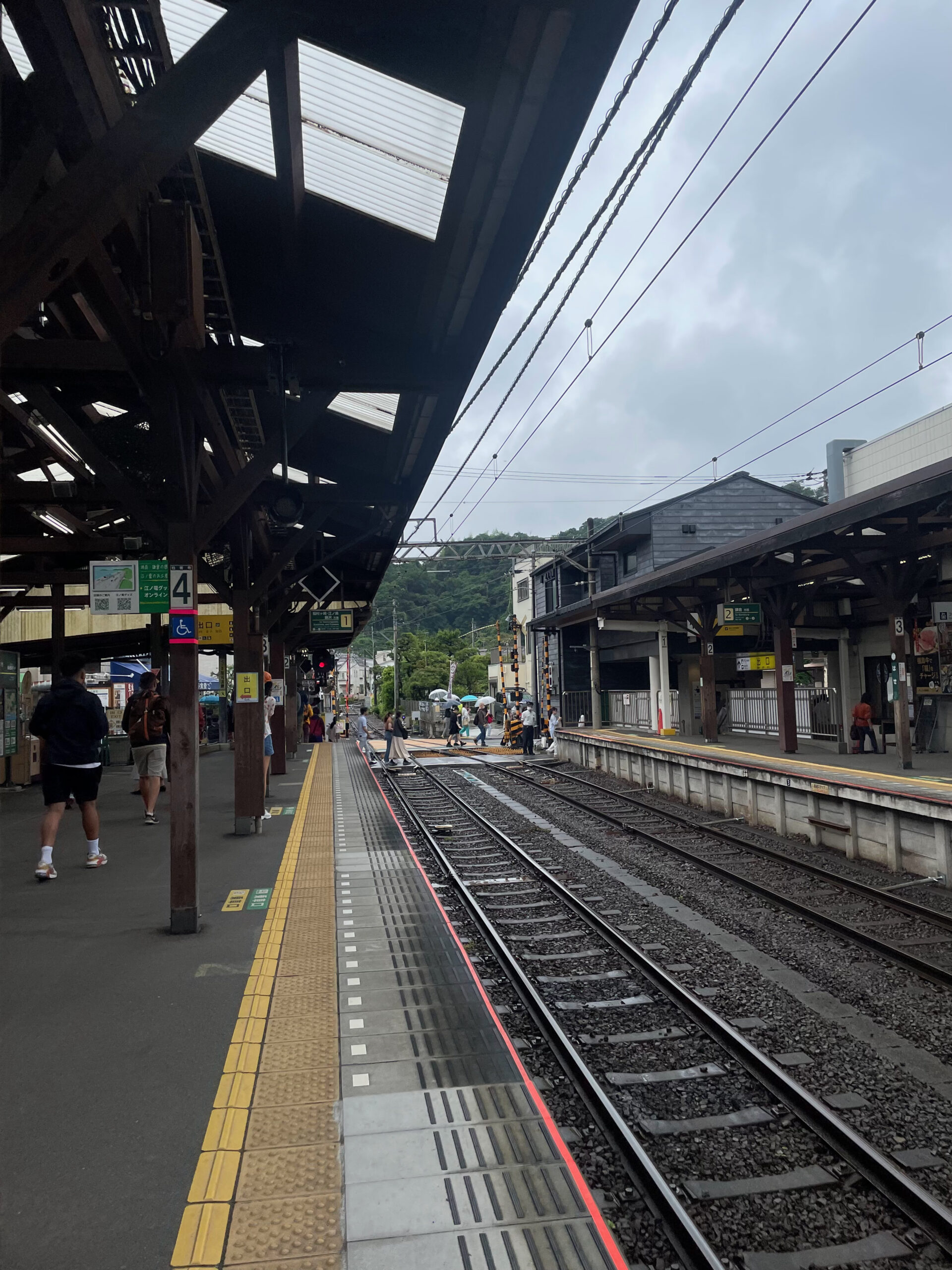
In the bustling metropolis of Tokyo, where millions of people navigate the urban labyrinth on a daily basis, the subway and train system emerges as a lifeline that seamlessly connects the city’s diverse neighborhoods. Beyond its practical role in transportation, Tokyo trains and subways have evolved into an iconic symbol of efficiency, convenience and cultural significance.
The Tokyo transportation system is renowned for its remarkable efficiency and punctuality. Trains glide with precision, arriving and departing on schedule, ensuring minimal waiting times for passengers. This reliability stems from meticulous planning, advanced technology and the dedication of the subway staff who keep the system clean and running like clockwork.
The system serves as a microcosm of the city’s vibrant culture. Within its carriages, a rich tapestry of diverse individuals—locals, students, salarymen, tourists—intermingle, creating a sense of community unique to the subway experience. Observing the hustle and bustle, one gains a glimpse into the rhythm of Tokyo life, witnessing shared moments of joy, exhaustion, contemplation, and interaction.
While being a hub for a city of almost 14 million people, the train and subway system is synonymous with a strict code of conduct that emphasizes courtesy and respect. Passengers adhere to unspoken rules, such as stepping to the side in order to first allow passengers off the train before getting on, refraining from loud conversations, and offering seats to the elderly, pregnant, or disabled. These unwritten principles contribute to a harmonious atmosphere, where the collective needs of commuters take precedence over individual desires.
The subway and train stations themselves are architectural marvels, blending functionality with artistic expression. Some stations showcase futuristic designs, characterized by sleek lines, modern materials, and captivating illumination. Others exude a sense of history, with retro-inspired aesthetics, intricate tile work, and preserved elements of the past. Each station tells a story, seamlessly blending into its surroundings while offering a visually stimulating environment.
With its extensive network of lines and stations, the Tokyo transportation system can initially appear overwhelming. However, intuitive signage, multilingual announcements, and user-friendly maps empower even first-time visitors to navigate the maze with ease.
Passengers swiftly find their way using color-coded lines, station numbers and clear directional signs, eliminating the anxiety often associated with unfamiliar transportation systems. In order to use the system, travelers must either purchase tickets or IC (such as Suica and Pasmo) cards.
Single journey tickets are paper tickets purchased for a one-time use. They are valid for travel between two specified stations on the same day and can be purchased from ticket vending machines at train and subway stations. The fare is determined based on the distance traveled. Passengers insert the ticket into the fare gate when entering and exiting the station.
IC cards are rechargeable smart cards that provide a convenient way to pay for subway fares and other transportation services in Tokyo. The most popular IC cards in Tokyo are Suica and Pasmo.
One can purchase an IC card from the ticket vending machines or ticket counters at train and subway stations. To use an IC card, simply touch it on the card reader at the fare gate when entering and exiting the station. The correct fare will be automatically deducted from the card balance. IC cards can also be used for purchases at convenience stores, vending machines and some shops.
It’s important to note that some ticket vending machines and fare gates may only accept cash, so it’s advisable to carry Japanese yen in small denominations. Additionally, if one plans to use an IC card, it can easily be recharged at ticket vending machines or using the recharge machines available at train and subway stations.
The Tokyo train and subway system extends beyond its primary function of transportation. Stations house a myriad of amenities, including shops, restaurants, and convenience stores, catering to the needs of commuters and providing a seamless integration of services. These stations often serve as meeting points for friends, landmarks for directions, and gateways to Tokyo’s vibrant neighborhoods.
In a city renowned for its commitment to sustainability, the subway plays a vital role in reducing congestion and carbon emissions. By providing a reliable alternative to private vehicles, the train and subway system encourages eco-friendly commuting, alleviates traffic congestion and contributes to the city’s ambitious environmental goals.
The Tokyo train and subway system weaves together the fabric of Tokyo’s urban tapestry. It serves as a lifeline for the metropolis, facilitating the seamless movement of millions while fostering a sense of community and cultural unity.
As residents and visitors alike embark on their train and subway journeys, they become part of a collective experience that captures the essence of Tokyo—a city pulsating with energy, innovation, and an unwavering commitment to excellence.







